Wildlife photographers share advice for capturing the perfect photo
Capturing the perfect bird photo requires a mix of patience, good timing, ideal weather—and a dash or two of magic. For wildlife photographers Chuck and Grace Bartlett, the Columbia National Wildlife Refuge has been a source of inspiration for close to three decades. They return frequently to this majestic area near Moses Lake in Eastern Washington, where they’ve photographed hundreds of birds during seasonal migrations. We caught up with the Bartletts to get some tips for road tripping to the area, plus bird photography.
Do you remember your first road trip to the Columbia National Wildlife Refuge?
Our very first visit was work-related. We had the opportunity to do a photo shoot for the Mid Columbia River National Wildlife Refuge Complex, which manages the Columbia refuge and several others. After one visit, we were hooked. We loved it.
The variety of terrain is like nowhere else—rimrocks, desert, wetlands—the scenery and geography are diverse. It’s a unique place to photograph, not just for the wildlife but for the natural environment as well.
For photographers, there’s always something different through the years and seasons, including a large and diverse wildlife population. You can visit year after year, but every time there’s something different than in the past.
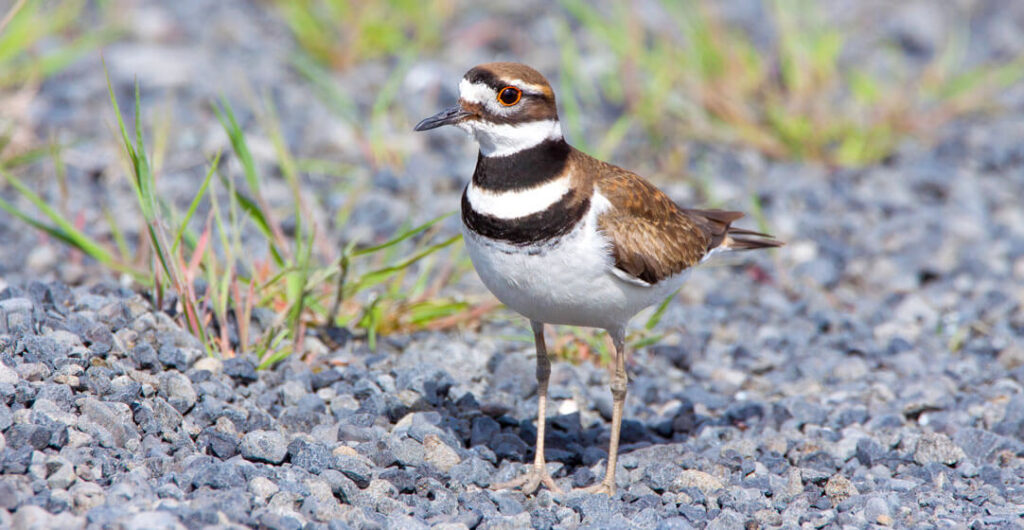
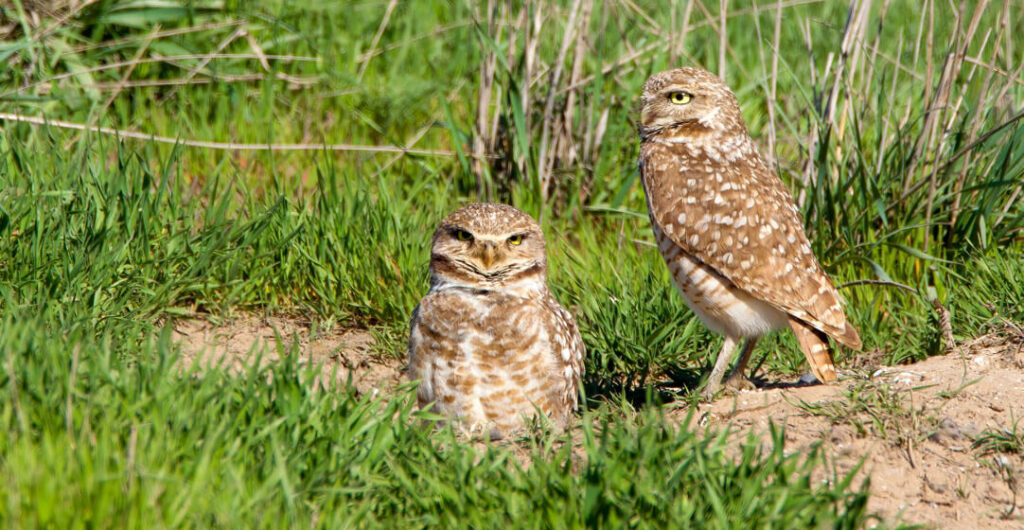
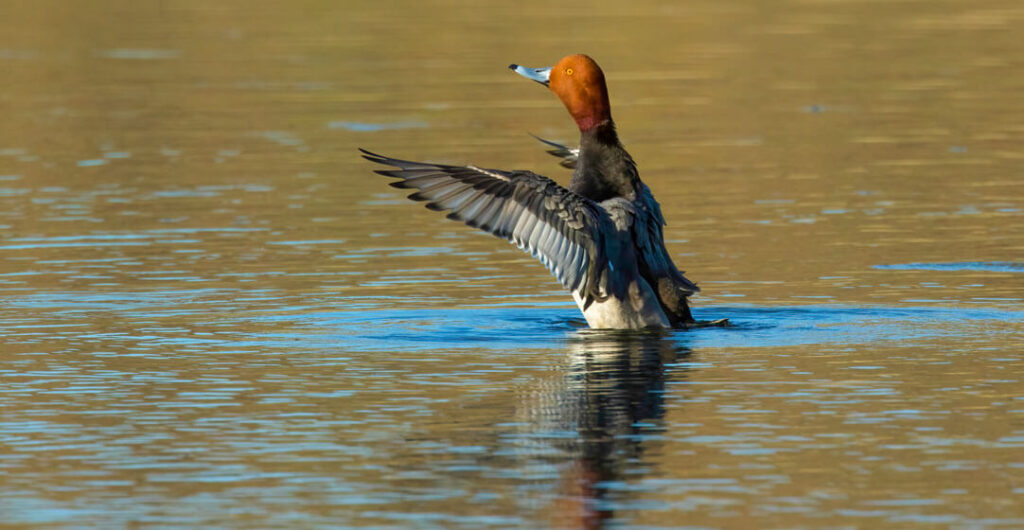
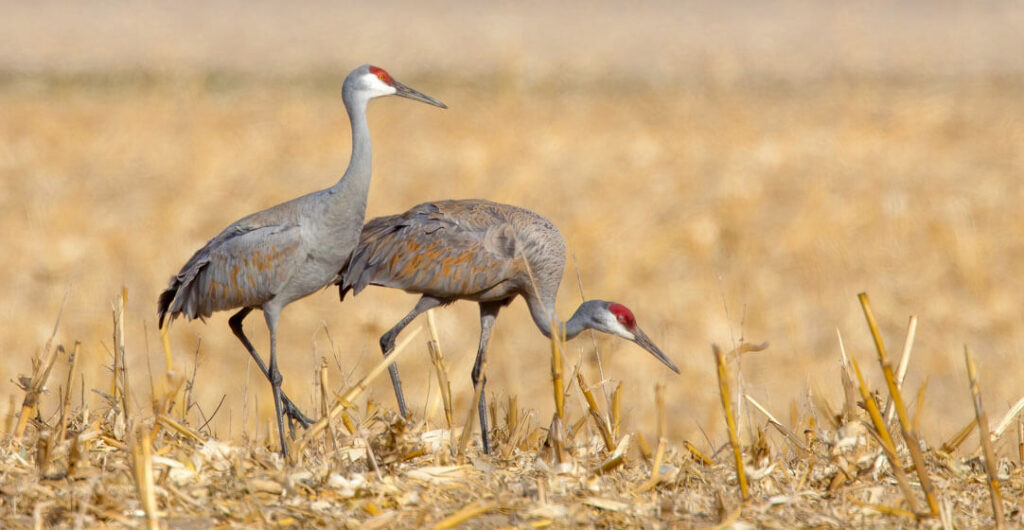
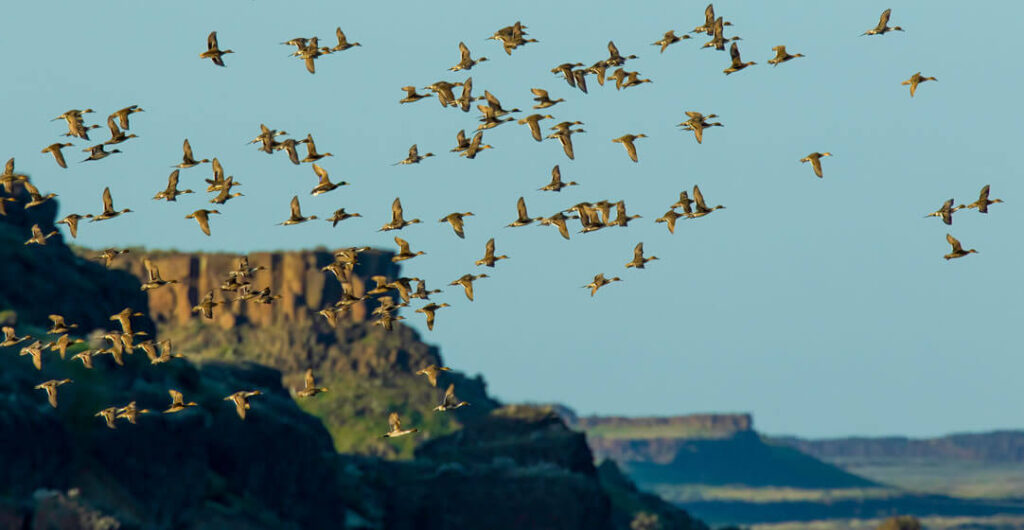

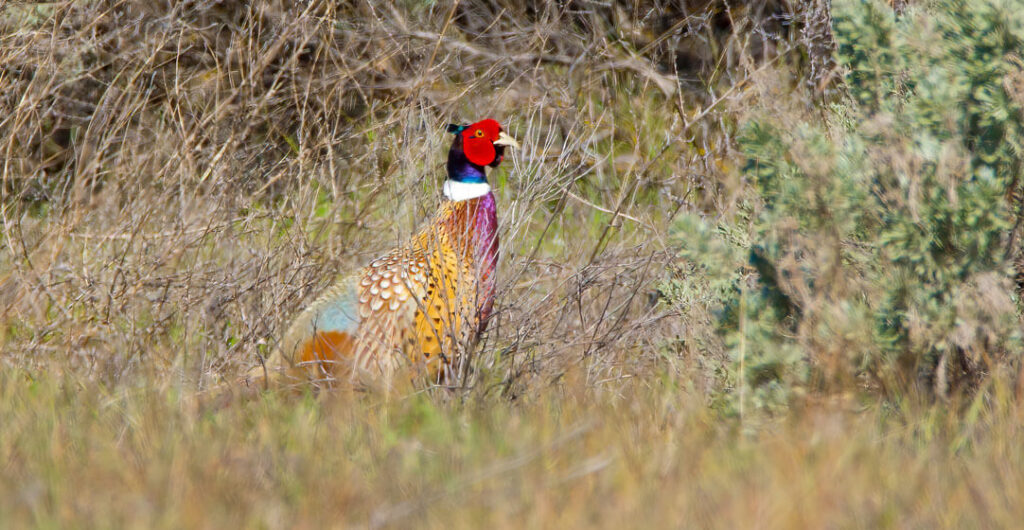
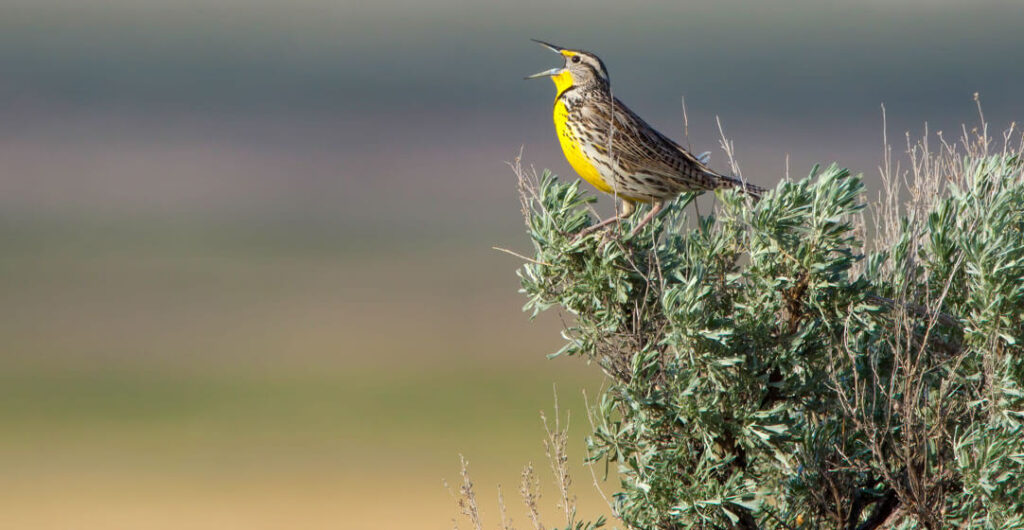

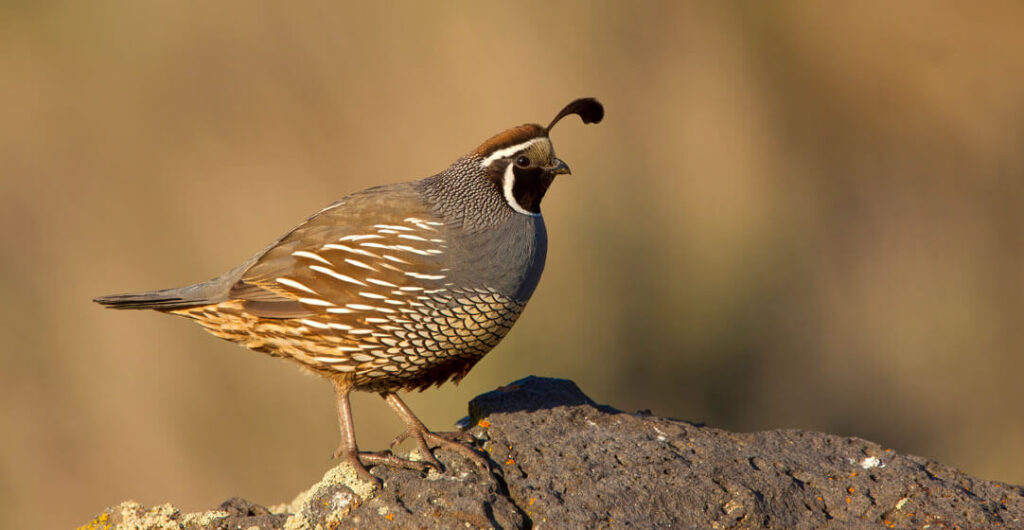
What is the best time of day for photography at the Columbia National Wildlife Refuge?
The best time for photography is early morning or late afternoon and dusk. That being said, any time of day is good depending on the weather.
Determining the best time of day for photography is a combination of natural light, bird activity, and weather. For example, high overcast skies can be good for bird photography as long as you don’t photograph birds in-flight (because that means a dull background). But clear blue skies can be equally monotonous if there’s not something else going on in the image, like cloud activity. On stormy days, you get more character in the clouds, which can add to the image. But that also means you as the photographer might be out in rainy or windy weather.
What shutter speed do you use to capture birds in flight?
With stop motion photography, the minimum is 1,000/second. But I shoot 3,200/second, which is not too difficult with mirrorless cameras—unless lighting indicates otherwise. The exception is artistic blurring. If you want to capture a bird’s eyes and head sharply but blur the wings, you can shoot at a lower shutter speed.
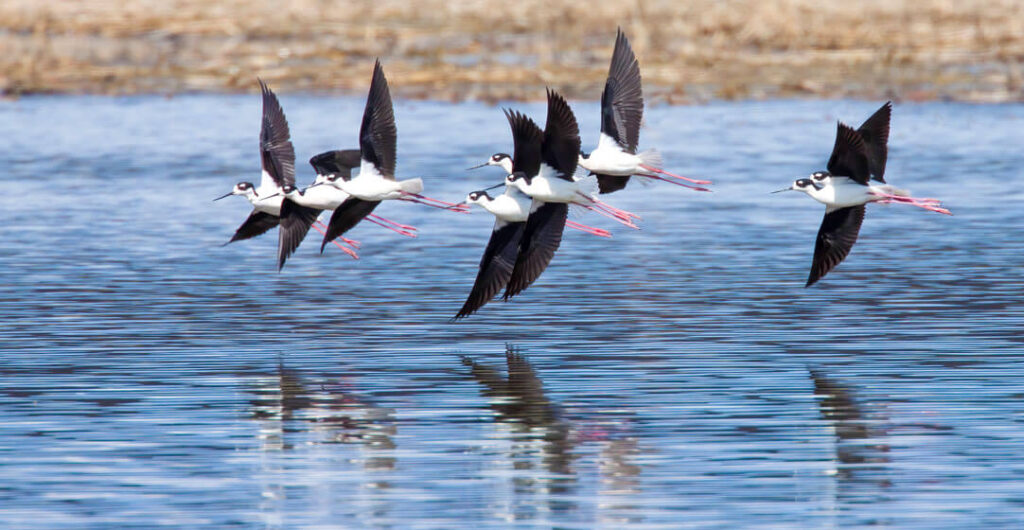
What time of the year is a “must” for birdwatching and bird photography?
The ideal time for birdwatching at the Columbia National Wildlife Refuge is during seasonal migrations. There’s a tremendous number of waterfowl and cranes that migrate through the area during peak times. In springtime, you can see an array of birds as they get ready to head north to Alaska—then again in the fall as they return. There are also songbirds and shorebirds, especially near the wetlands, that arrive in the spring through early summer to nest.
Migration timing changes every year. Birds migrate based on weather patterns and many other factors. You can anticipate seeing them during certain times of year, but there’s no guarantee that your visit will be the day that you spot the bird you’ve most been hoping to see.
Bear in mind that in the fall, migrations depend on the weather up north. If it’s a mild fall in Alaska, the birds will be later coming south. Or, if there’s a big storm, it will send them on their way down south even earlier. Birders watch the weather in Alaska just as closely as the weather in Eastern Washington, and share tips in online groups and forums.
Springtime weather is ideal for spotting sandhill cranes on their migration north. There’s even a three-day festival celebrating their arrival called the Sandhill Crane Festival that marks the arrival of nearly 35,000 sandhill cranes as they migrate north to their breeding grounds in Alaska. It includes tours led by local experts and is a great introduction for first-timers.
What camera do you use?
We’ve been using Canon equipment for many years, and we’ve used all kinds of different models. Currently, we use a mirrorless camera, a Canon R5, and big lenses. Our lenses are longer than what most people would have, but they enable us to get bird shots that we wouldn’t otherwise be able to capture without encroaching on their natural space.
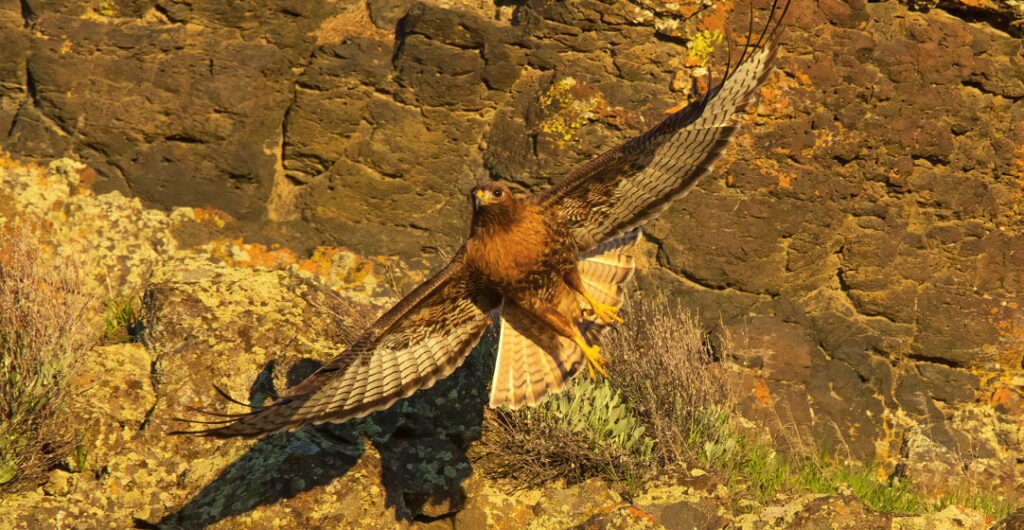
Have you spotted any birds at the Columbia National Wildlife Refuge that you haven’t seen anywhere else?
Most definitely. It’s the one place I’ve spotted the White-faced Ibis. They’re relatively uncommon and it was a joy to see them.
We’ve been photographing the area since before the refuges and wetlands were established and have witnessed the changes with new birds coming north. The Great Egret, which was once a rare sight, is now more common. The first time I saw one it just amazed me, but now it’s a regular sight. Birds that you wouldn’t have seen decades ago are now frequent visitors.
What are your recommendations for visitors?
A visit during the spring waterfowl migrations—including the sandhill cranes—is a must. When planning your visit, consider the Mid-Columbia River National Wildlife Refuge Complex as the primary source of information for the area. They cover seven national wildlife refuges and one national monument. The complex provides maps and the latest updates on road and trail closures. Some trails are closed seasonally, so it’s wise to check ahead.
Bear in mind that Refuge is broken up—it’s not one continuous refuge. There are parcels of private land that you don’t have the right to enter. Advance planning and an up-to-date printed map will make all the difference to ensure you have a great first visit.
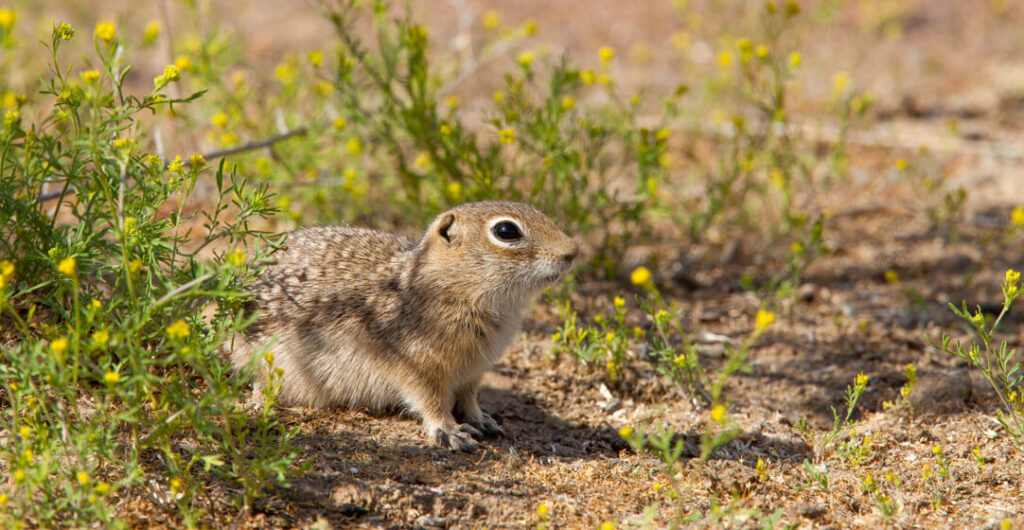
What else should photographers know about the region?
The Columbia National Wildlife Refuge is not the only place you’ll want to have your camera ready! The region surrounding Moses Lake, Grant County and Adams County is beautiful. There’s a lot of farm country and beautiful winding roads that will catch a photographer’s eye. The Moses Lake area also has many lakes that are great for swimming, boating, birdwatching and fishing. It’s worth planning a full weekend or even a week to explore.
What is your primary bird photography tip?
There’s a lot involved in bird photography. As with any photo, there’s so much going on behind the scenes that you don’t know, and the photographer may have dedicated hours if not days to capturing that single image.
Our primary bird photography tip is to be patient. Get snuggled into the brush, hide yourself behind reeds and bushes or in a duck blind—then wait. When photographing birds, you can get relatively close without encroaching on their space.
Birds see humans as a threat (rightly so) and it’s a question of time before they adjust. With time, some birds will gain the sense that you mean them no harm—and will ignore you as they go about their day. If you’re patient, and you sit for a while, birds will gradually get faith that you’re OK. It’s amazing what will happen during the day.

Is it easier to photograph different types of birds?
Yes, but it’s less about the type of bird and more about whether they are used to humans or not. One of the easiest to photograph is the common seagull. They’re used to people and will allow you to get very close. But that’s only good up to a point. Most people graduate quickly from seagulls, and photographers want to capture birds that are more challenging and less common. Everyone who photographs birds eventually dreams of capturing rarer birds, such as the sandhill cranes. And that’s when they plan a visit to the Columbia National Wildlife Refuge.
—Written by Suzanne Lee

Road Trip Tips
Before you go: Get ready for your road trip with a AAA Membership. Get peace-of-mind on the road plus travel and insurance services and much more.
Save on hotels and rental cars: Unlock savings on hotels with a AAA membership. Plus, AAA members save up to 20% with Hertz.
Save on car insurance: AAA members save up to 8% on car insurance.
Get battery service: AAA Mobile Battery Service uses state-of-the-art technology to accurately diagnose battery-related problems. We’ll even replace your battery with a brand-new one if necessary, at a special member price.
Save with AAA member discounts: AAA membership gives you access to exclusive entertainment discounts nationwide.









